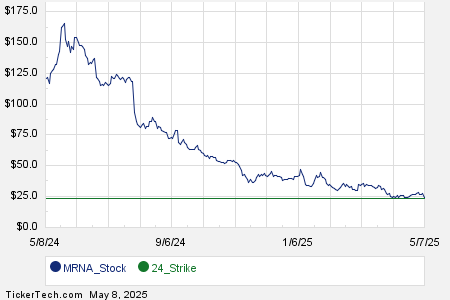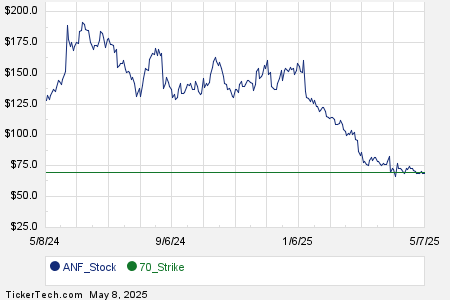Dollar Gains Amid Economic Data, Euro and Yen Weaken
The dollar index (DXY00) increased by 0.52% today, boosted by concerns that ongoing U.S. trade policies may keep inflation high. This situation could persuade the Federal Reserve to hold off on lowering interest rates. The dollar continued its upward trajectory as recent economic reports indicated strength in the U.S. labor market. Weekly jobless claims rose by only 3,000 to a total of 223,000, which is slightly better than expectations of 224,000. Furthermore, the March Philadelphia Fed business outlook survey dropped to 12.5, though this was stronger than the forecast of 9.0. Existing home sales for February unexpectedly increased, rising by 4.2% month-over-month to 4.26 million, well above the expected 3.95 million.
Despite this, February’s leading economic indicators fell by 0.3% month-over-month, falling short of the anticipated decline of 0.2%. As a result, the markets currently price an 18% chance of a 25 basis point rate cut following the FOMC meeting scheduled for May 6-7.
Euro Weakness Driven by ECB Outlook and U.S. Strength
The EUR/USD (^EURUSD) fell by 0.68%, reaching a one-and-a-half week low as the dollar’s strength adversely affected the euro. Easing price pressures in the Eurozone could enable the European Central Bank (ECB) to continue lowering interest rates, adding to bearish sentiment around the euro. German February PPI reflected a decline of 0.2% month-over-month, with a year-over-year increase of only 0.7%, falling short of expectations of 0.2% and 1.0% respectively.
ECB President Christine Lagarde stated that while disinflation efforts are “well on track,” the ECB cannot commit firmly to interest rate changes due to unpredictable trade conditions. In comments that further influenced market perceptions, ECB Governing Council member Villeroy de Galhau noted that he is “not worried about inflation in Europe” and suggested the ECB has room for additional rate cuts. Currently, market swaps indicate a 59% probability of a 25 basis point rate cut by the ECB at their April 17 policy meeting.
Yen Experiences Pressure Amid Strong Dollar
The USD/JPY (^USDJPY) gained 0.10%. The yen is feeling pressure from a stronger dollar, supported by favorable U.S. economic data. However, losses for the yen are mitigated by short covering ahead of Friday’s monthly report on Japan’s national CPI. Trading volume in the yen is low as Japanese markets are closed for the Vernal Equinox Day holiday.
Precious Metals Under Pressure from Dollar Strength
April gold (GCJ25) is down by 0.90 (-0.03%), while May silver (SIK25) decreased by 0.240 (-0.70%) due to the dollar’s strength. Additionally, rallying stock prices have reduced the safe-haven demand for these precious metals. Silver’s downward pressure can also be attributed to the FOMC’s recent cut of the U.S. 2025 GDP forecast, negatively impacting industrial demand for metals. Ongoing U.S. trade policies raising concerns about economic growth further detract from silver prices.
Nonetheless, losses in precious metals are limited due to residual support from the FOMC’s decision to maintain interest rates earlier this week coupled with projections of two future rate cuts by year-end. The Federal Reserve also announced a plan to slow the balance sheet runoff commencing next month, which could support precious metals prices. This week’s geopolitical tensions in the Middle East have increased safe-haven demand. Israel’s recent airstrikes in Gaza, concluding a two-month ceasefire with Hamas, alongside U.S. strikes on Yemeni Houthi forces, further contribute to market volatility. Additionally, the ongoing trade conflict continues to stoke demand for precious metals as a safe haven.
On the date of publication, Rich Asplund did not have (either directly or indirectly) positions in any of the securities mentioned in this article. All information and data in this article is solely for informational purposes. For more information please view the Barchart Disclosure Policy here.
More news from Barchart
The views and opinions expressed herein are the views and opinions of the author and do not necessarily reflect those of Nasdaq, Inc.


